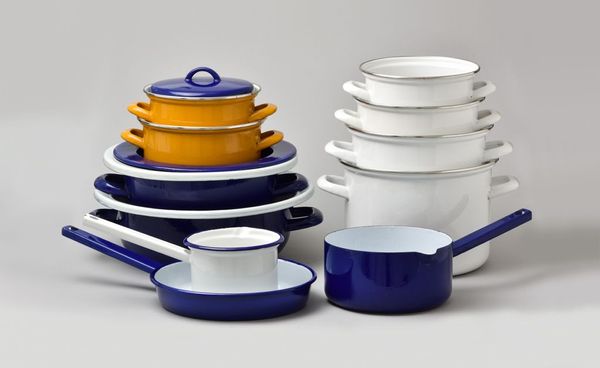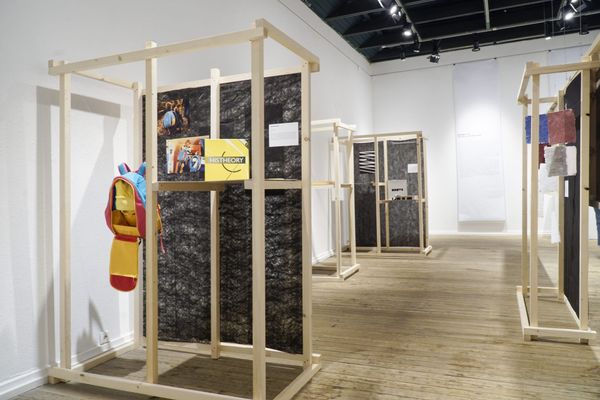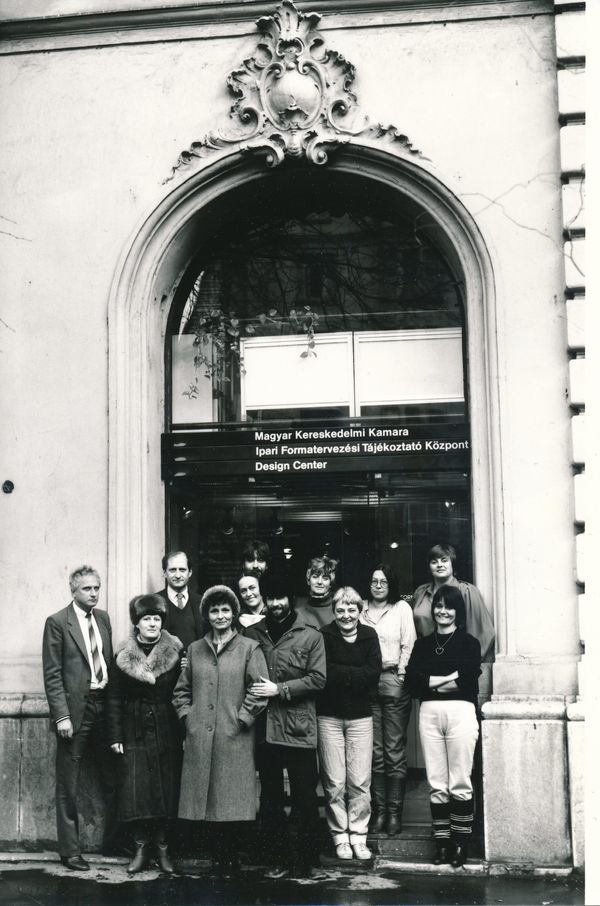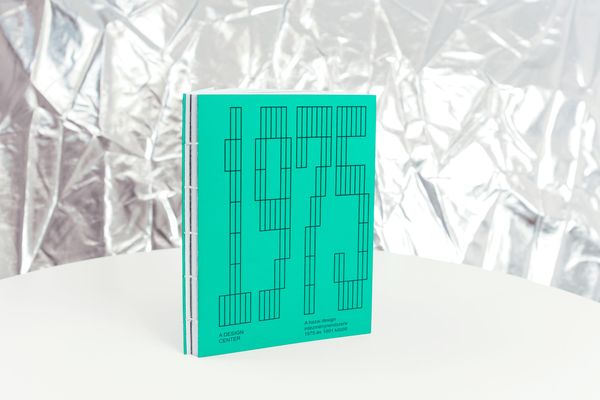design center
Moholy Design Grant X HYPE | Kitti Mayer
In 2019, eight young designers and design theorists could participate in the
six-month Moholy-Nagy László Design Grant, managed by the Hungarian Design
Council and financed by the Hungarian Intellectual Property Office and the
Ministry of Human Capacities. In the course of the program, they could implement
their self-developed projects or




